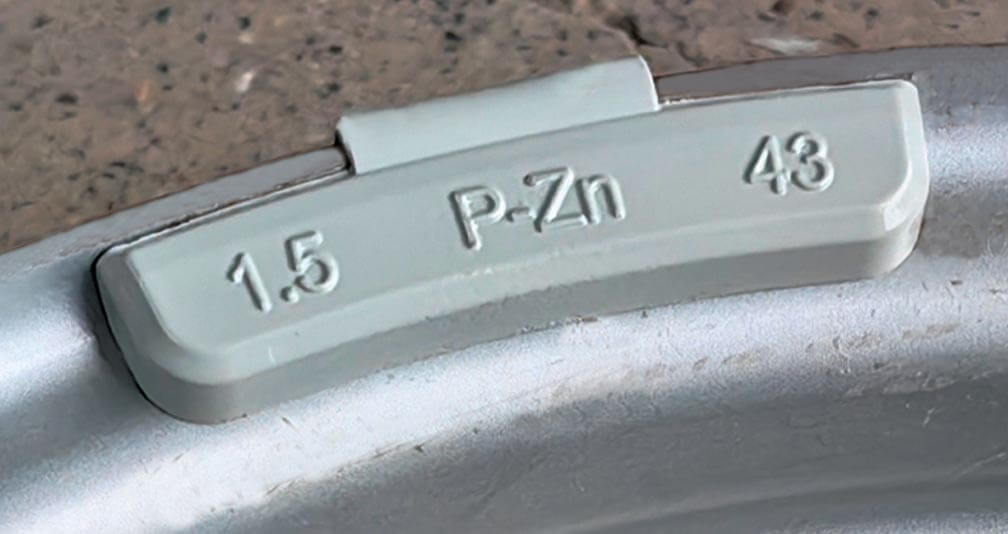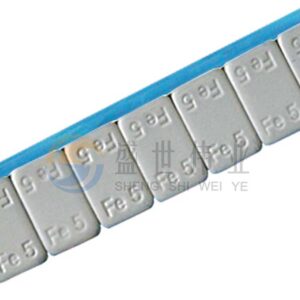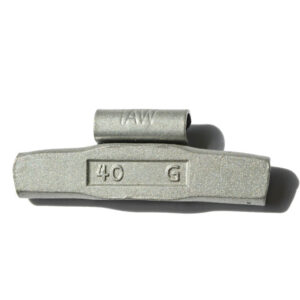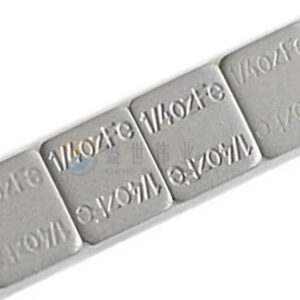Can I drive with no wheel weights?
Yes, but it is not recommended to drive without wheel weights for a long time. It depends on the actual balance of the wheels and cannot be generalized. But in general, there are certain risks and you need to be cautious.

1.If the wheel itself is in a balanced state: it can be driven for a short time and at a low speed
If the wheel is naturally in a state of dynamic balance (i.e., uniform mass distribution) after manufacturing, repair or tire replacement, it can theoretically drive normally even without balancing weights installed. This is common in new vehicles (precisely balanced at the factory) or wheels that have been tested and confirmed by professional equipment to be “weight-free”.
At this time, there will be no abnormal shaking, abnormal noise or other problems during driving, and short-term (such as a few days) low-speed driving (urban roads) is usually less risky.。
2.If the wheel is unbalanced: it is not recommended to drive for a long time or at high speed
In most cases, the wheels (especially after replacing tires and wheels) will have a slight uneven mass distribution, which requires balancing weights to compensate. If wheel weights are not installed, the following problems may occur:
- Driving vibration: The higher the speed (usually above 60km/h), the more obvious the vibration. The steering wheel, body and even seats will vibrate, affecting driving comfort and handling stability (such as difficulty in precise control when changing lanes at high speed).
- Accelerated component wear: Imbalance can cause wheel bearings, suspension systems, and steering mechanisms to bear additional periodic impact forces. Long-term driving may cause these components to wear out prematurely (such as abnormal bearing noise and aging of suspension bushings), increasing maintenance costs.
- Abnormal tire wear: Unbalanced wheels will cause uneven force when the tire contacts the ground, resulting in “biased wear” (such as unilateral wear and sawtooth wear of the tire), shortening the tire’s service life and even burying the risk of tire blowout.
3.Emergency advice
If you have to drive due to temporary circumstances (such as the balance block falling off, the tire was just changed and not balanced in time):
- Control vehicle speed:Try to drive below 60km/h to reduce vibration and component load.
- Shortened distance:Use only for short trips (such as to a repair shop) and avoid long drives.
- Observe the status: If you find obvious shaking or abnormal noise, stop the car immediately and contact rescue. Do not force the car to drive.
The core function of wheel weights is to correct imbalance. The key to “whether you can drive without balance weights” lies in whether the wheels themselves are balanced. But in reality, most wheels need balance weights to ensure driving safety and component life. Therefore, it is recommended to do dynamic balancing and install balance weights in time after replacing tires and wheels. If the balance weights fall off, you should also go to the repair shop as soon as possible to re-test and install them.



